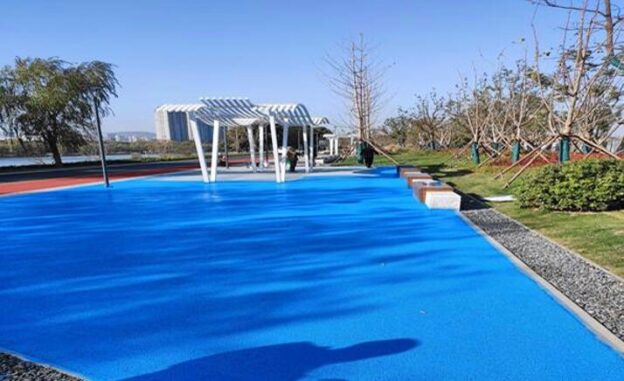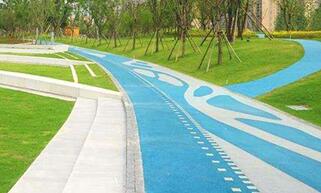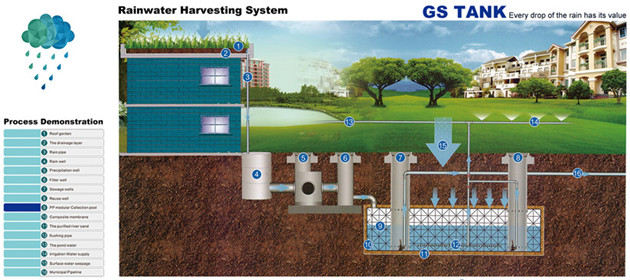Typical structures and drainage facilities for permeable sidewalks
In recent years, urban economic construction has shown a trend of prosperity and development. Although tall buildings rise from the ground and all roads are unobstructed, waterlogging and non-point source pollution after rain have become common problems that plague many cities. As the country attaches great importance to the construction of sponge cities, various regions have rapidly launched large-scale construction of sponge cities. Urban roads, park squares and other pavements are an important part of the overall city area. The overall pavement area ratio exceeds 30%. The availability and effectiveness of permeable pavement pavement have an important impact on achieving the overall goal of the sponge city.
Today, the professional permeable concrete manufacturer Everbright Ecology chats with everyone
According to the type of base material, the permeable sidewalk pavement is divided into a fully permeable type and a semi-permeable type. The core of the fully permeable permeable pavement is the water permeability of the sidewalk base, so that the surface runoff rainwater passes through the permeable surface layer, the permeable base layer, and the permeable cushion layer and directly enters the soil base to recharge the groundwater. The semi-permeable permeable pavement means that the base of the sidewalk does not have the function of permeation. After the surface runoff passes through the permeable structural layer of the sidewalk, it enters the municipal rainwater collection system along the slope of the base.
Typical structures and drainage facilities for permeable sidewalks
Combined with Jiajing Ecological’s many years of engineering practice, the common typical structures of permeable brick and permeable cement concrete pavement are proposed, as shown in Table 1 and Table 2, for designers’ reference.
Considering that the municipal sidewalk has longitudinal blind roads, in order to facilitate on-site construction, the permeable cement concrete surface layer in Table 2 adopts the structural form of 8cm upper layer + 7cm lower layer. After the 7cm lower layer is cast and cured to reach the design strength, the 3cm leveling layer of the blind road construction and 5cm blind road bricks, and finally cast 8cm upper layer.
Drainage facilities paved in permeable sidewalks
The fully permeable pavement can accelerate the penetration efficiency of rainwater. In order to effectively prevent the subgrade from being eroded by the infiltrating rainwater and ensure the strength of the subgrade, drainage facilities should be provided below the sidewalk structural layer. Especially when the soil foundation of the sidewalk is cohesive soil, due to its low permeability, the speed of rainwater penetration into the soil is slow, and a large amount of rainwater is easily accumulated on the surface of the soil foundation during the rainy season, which will adversely affect the bearing capacity of the sidewalk foundation influences. For semi-permeable paving, a waterproof layer is provided at the bottom of the sidewalk structure layer, and drainage facilities must be installed to discharge rainwater that seeps during the rainy season. Therefore, when using permeable sidewalks, it is essential to install drainage facilities.
Permeable sidewalk drainage facilities generally use gravel blind ditch along the longitudinal direction of the road with soft permeable pipes. The drainage facilities should be located away from sidewalk tree ponds; UPVC pipes are used for access at certain intervals (usually the longitudinal spacing of municipal road rainwater inlets) Municipal rainwater.
Permeable sidewalks are not only structurally stable and durable, but also improve pedestrian comfort and reduce water loss. As an important technical measure for the source control of sponge cities, they are increasingly used in urban roads.











